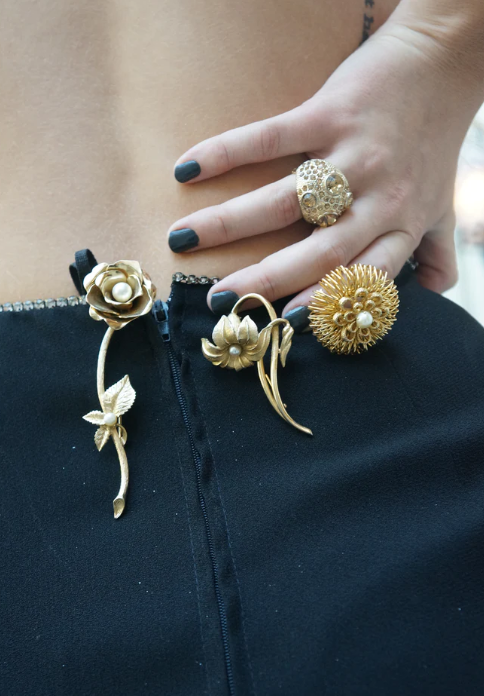talkingfashion

The Blossoming History of Floral Motifs in Fash...
Flowers, with their delicate beauty and vibrant colors, have long captivated the human imagination. Their natural allure transcends time and culture, making floral motifs an enduring favorite in the world...
The Blossoming History of Floral Motifs in Fash...
Flowers, with their delicate beauty and vibrant colors, have long captivated the human imagination. Their natural allure transcends time and culture, making floral motifs an enduring favorite in the world...